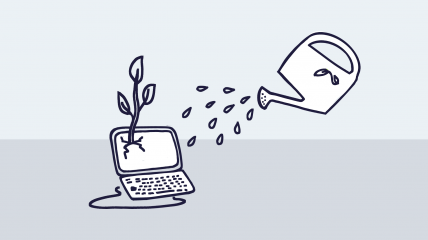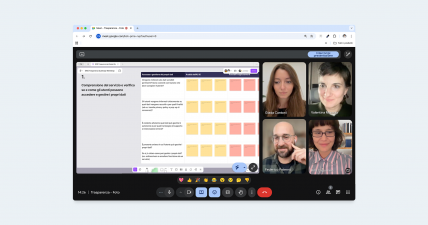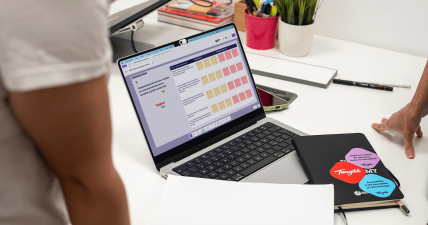Thinking
Good Practices for a Greener Design(er)
How can we reduce the environmental impact of our role as designers and the solutions we create?
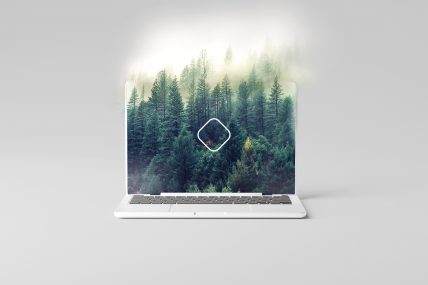
This question is one that guides our workflow at Tangible.
We've embraced it since day one because it’s embedded in our DNA, and its importance has grown since we became a B Corp.
We view environmental issues as both urgent and vital, for ourselves and our clients. Even though our operational model has theoretically low impact, we're aiming to be carbon neutral by 2025 and continuously invest time, budget, and effort into understanding how we can further reduce our footprint.
Each year, we allocate a portion of our training towards understanding the impact we have on society and the environment.
Last year, Anna and I chose to devote time to enhancing our knowledge on sustainable design. However, mere knowledge wasn't enough. Going the extra mile meant gathering a set of best practices that we can adopt daily, as designers and beyond, to decrease our environmental impact.
Here they are, in no particular order.
Mind the Image Weight
Images, along with videos, often generate excessive, unnecessary traffic. Ensure you utilize an offline tool to optimize image sizes before uploading them online. This not only reduces traffic but also makes for smoother operations. Remember that time when you couldn't load a board on the train?
Where possible, prefer vector formats (SVG) over raster for scalable, optimized resources.
Local and On-Demand Video
How many times have we re-watched that video about creating an accessible palette? 12 times. And that leadership course? 7 times.
And do our users truly need to see a looped video of us cheerfully sticking post-it notes on a wall? Probably not.
If the platform allows, consider downloading content locally or use offline mode to avoid unnecessary buffering. And always let our users decide when and how much of multimedia content to play, whether it's a video or audio, loading it on-demand or using progressive loading techniques.
Energy-Saving Colors
Did you know our color palette choice can make a difference? If your design phase allows, use an energy-efficient palette. If it’s pleasant and available, enable software or OS-level dark mode.
Eco-friendly Fonts Over Fancy Fonts
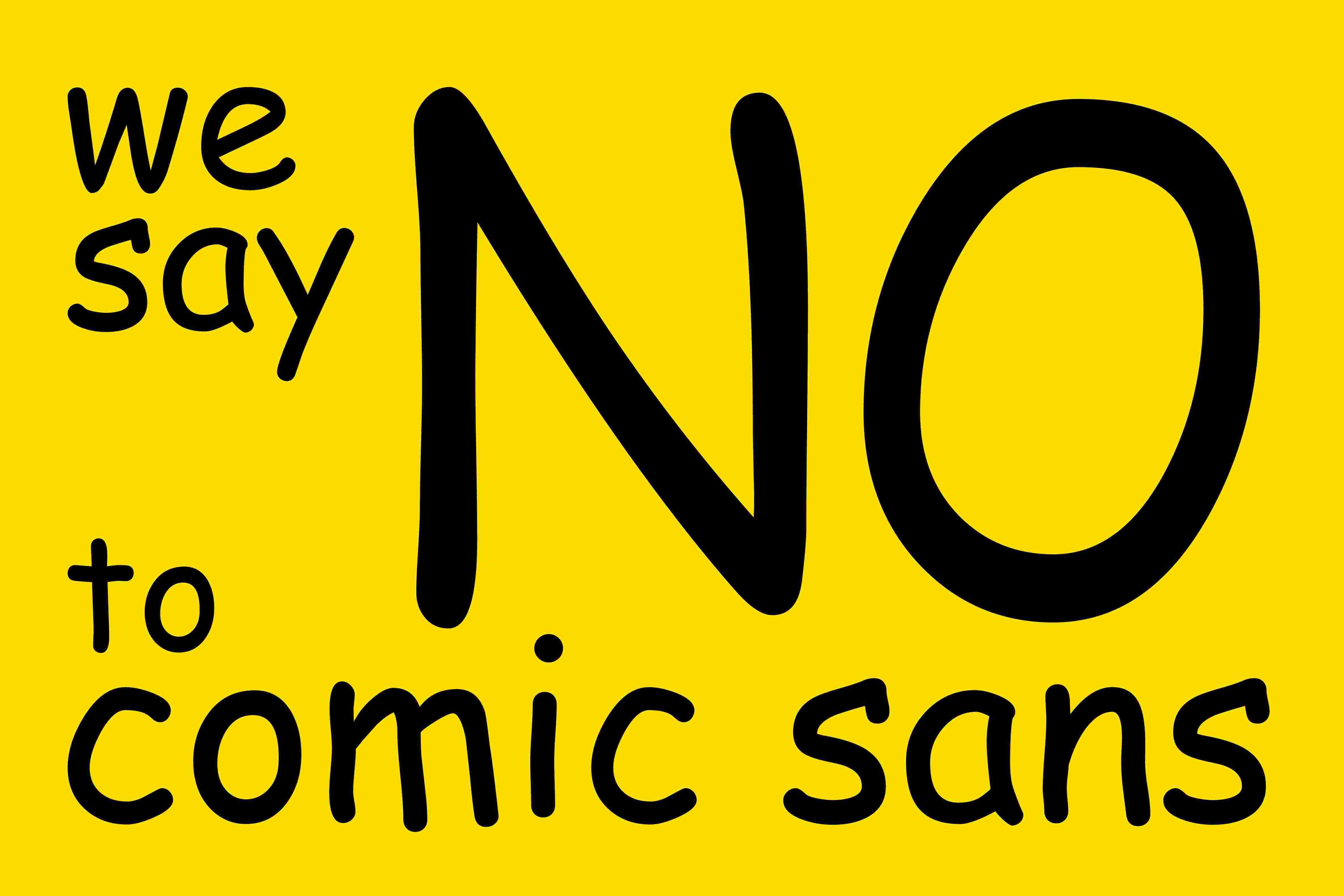
Do we really need that beautiful font loaded from a remote server just for wireframes? Or can we use system fonts like Arial or Helvetica? This reduces traffic and aids those struggling with missing elements in our files.
Note: Only use Comic Sans in emergencies.
Update Your Toolbox
Few of us read the changelogs, even if no awards await. But it's always satisfying to see software improvements in performance or obsolete tech replacements. Thus, we try to keep our software updated, taking necessary precautions.
Trendy Devices? Think Twice
It's tempting to impulsively buy the latest smartphone because "we need to stay updated!". But is it essential? Not always!
If it truly is:
- Check within your company or peers if anyone has what you need.
- Consider purchasing from circular economy-based businesses.
- Ensure proper disposal.
- Consider donating your old device to a non-profit or someone who'd benefit.
Controlled Energy Usage
We always want everything ready and hate waiting. But maybe we could only keep devices on when needed, use power strips, and based on our tech-savviness, use smart plugs and apps providing consumption stats.
Bonus: Consider a green energy provider.
Digital Learning Tools
Never stop learning. Opt for digital media like ebooks and online courses over flying across Italy five times for 10 hours of training.
Dark Patterns, Accessibility, and Inclusivity
We design for everyone: avoid dark patterns, use inclusive visual and verbal language, and eliminate any barriers. This reduces both energy and cognitive efforts for users to enjoy our products and meet their needs.
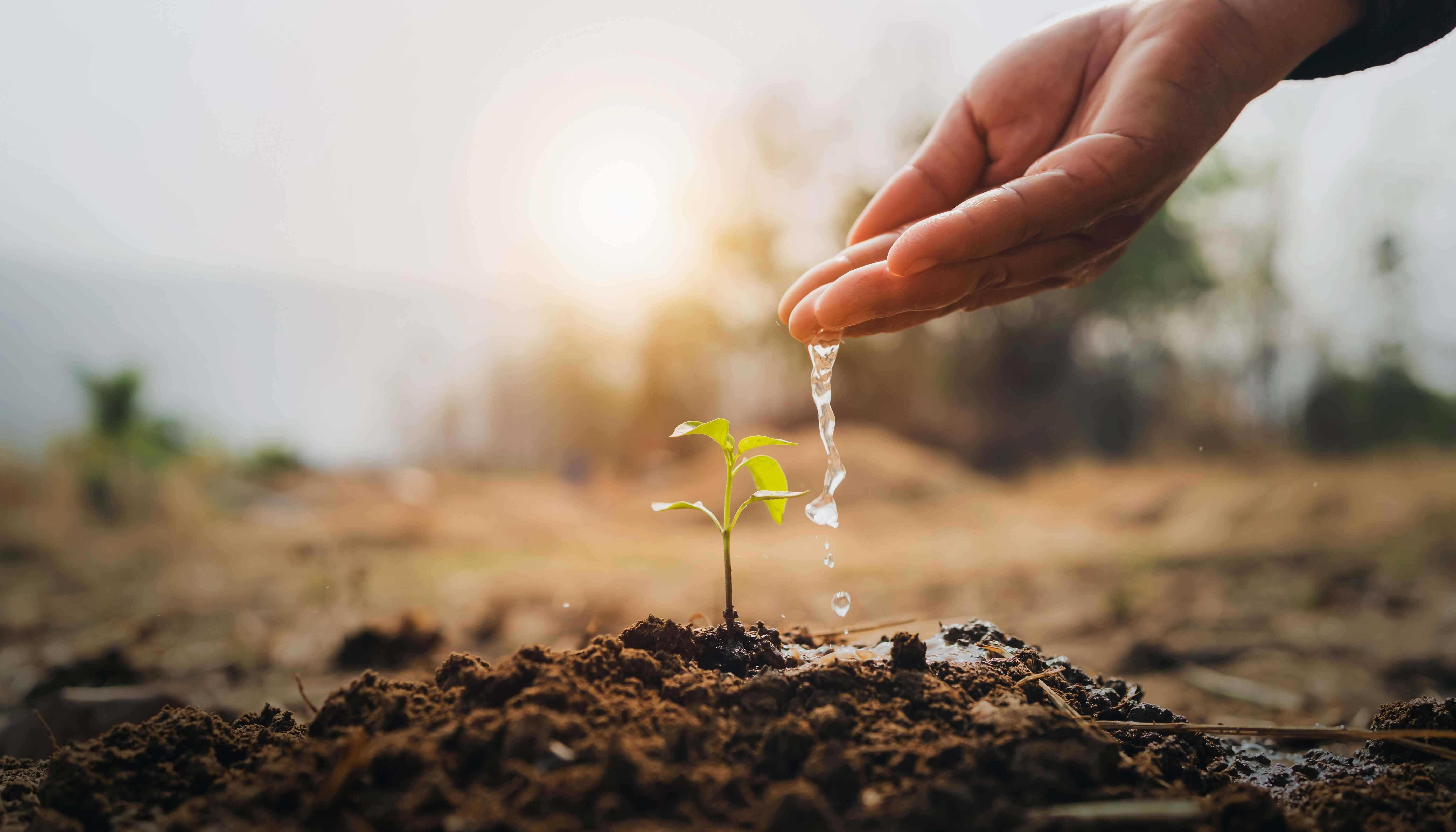
Offset and Make a Difference
If possible, compensate for the environmental effects of our profession. There are several cost-effective methods, from buying a tree to paying a slight surplus to offset transport emissions.
As Tangible, we’ve started offsetting our emissions and the impact of our activities. With Up2You, we've calculated and neutralized our CO2 emissions, ensuring for every kg of CO2 we produce, an equivalent amount is captured. Emissions are offset by supporting projects certified to the highest international standards (Verified Carbon Standard and Gold Standard).
Is all this necessary? Absolutely.
Even if these practices only result in a 1% improvement or deterioration, over our careers, this can make a significant difference.
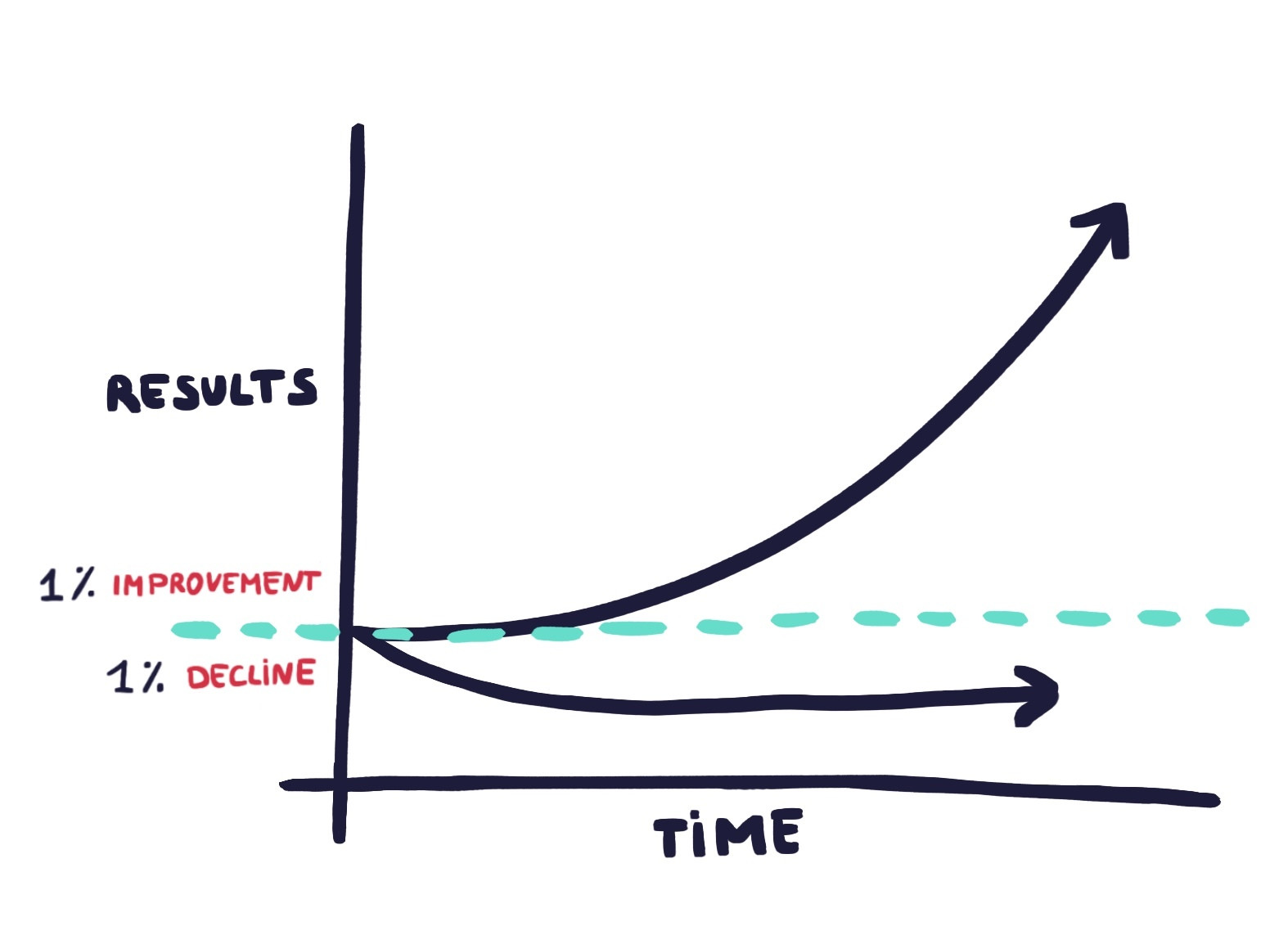
We're confident this is just the tip of the iceberg and that there are countless other best practices we can include.
Any recommendations? What practices do you follow in your daily life?
